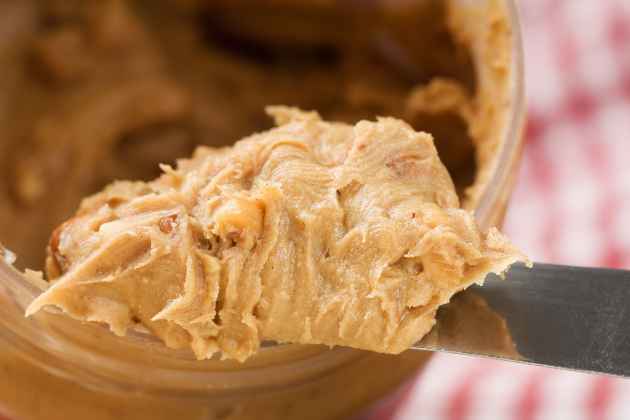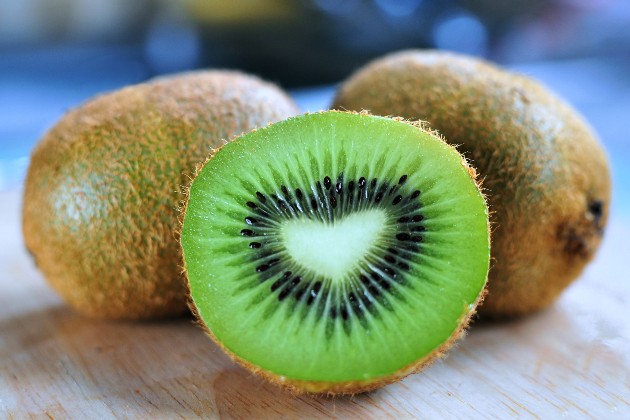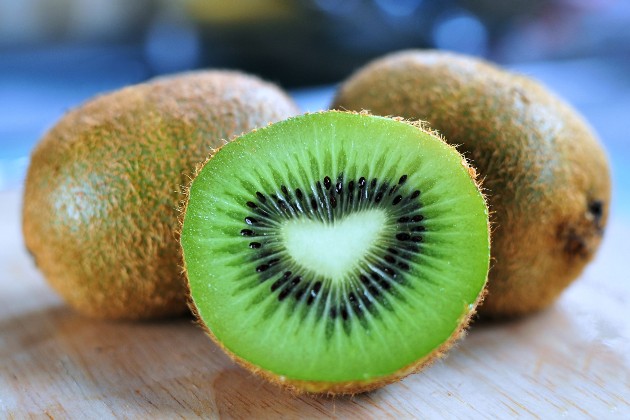Regardless of your patient’s age, knowing the role of nutrition and hydration is important. But for older people, especially those with cognitive decline, it’s vital.
Daily management of nutrition and hydration is a clinical priority to keep older people comfortable and pain-free. Adequate nutrition and hydration can reduce other issues, such as agitation and urinary tract infections.
There are other benefits too. Taking the time to understand the fundamental elements of an individual’s oral intake, including their likes and dislikes, is a real chance to build trusting therapeutic relationships that will help you get things right for that person.

If your patient is presenting with an issue or looks uncomfortable, a problem with their nutrition and hydration intake should always be considered. If they feel or look bloated, it’s good practice to check what they’ve eaten. If they’re in pain, ask if they might have a dehydration headache.
Of course, the cause of their distress may not always be related to nutrition and hydration, but checking this can help rule out other issues.
The best plate of food?
Seeing the individual and making diet adaptations is the basis of good nutrition. The best food is the food that’s best tolerated. Most of us aim to eat a balanced diet and can envisage the ideal plate of food, including a balance of fruit, vegetables, protein and carbohydrates (carbs). But when it comes to helping people get the food they need, a person eating a plate three-quarters full of carbs is better than a person only eating the carbs on the plate.
The best food is the food that’s best tolerated
We all have a different relationship with food, and for some people it’s not a good one. For example, my nan won’t eat pasta after an unpleasant experience during her school days.
If someone has had a change in their needs and is having to have all their food prepared for them, they may feel as though control has been taken away from them. This loss of control can cause worry, which manifests in a range of behaviours, including refusal to eat and drink.
Nutrition: Georgia’s top tips
Taste buds change as you get older
But older people often still like sweet things, which can improve the taste and nutritional value of meals for individuals.
Remember this if you’re working with someone who is refusing to eat. Useful ingredients can be incorporated into meals or drinks. Peanut butter is great for this. It can go into many foods, including tomato pasta bakes, without the taste being obvious. Using it helps maintain appropriate cholesterol levels, blood sugars, protein requirements and encourages more healthy bowel movements.
Condensed milk can be used effectively, too. It’s high in calories and tastes sweet but won’t be noticed. I tested this with colleagues, and they couldn’t identify the ingredients but said the food was delicious.

Consider bowel movements
Being constipated can have a huge impact on behaviour and emotional response. For older people, and especially those living with cognitive decline, consider introducing foods to their diet that are high in fibre, such as bananas or wheat biscuit cereals to help their physical and mental wellbeing. Kiwi fruits are good for reducing constipation and other stomach issues. They can sometimes be more effective for combatting bloating than prunes. However, check for allergies first.
Liquids can be a useful source of fibre too. Prune juice can be undetectable in coffee or chocolate milkshakes.

Take away the fear of fluids
Not having enough fluids will make a person feel unwell and can have an impact on their bowel movements.
Some older people may reject a glass of water or juice. Think about why this may be and take away any feelings of fear. For some people, it may be a cognitive issue – they don’t always know what to do with a drink. Others may feel worried about drinking as they fear being incontinent.
Drinking isn’t the only way people can receive fluids. Eating cucumber, yoghurts, jelly and other foods may help people increase their fluid intake. You can also make your own pure juice lollies.

The power of sweet stuff
I was nursing a woman who was living with dementia. She had stopped eating food because she didn’t know what to do and it appeared she had forgotten how to use cutlery. She was a proud and independent woman who didn’t like staff feeding her and, as a result, she lost weight.
The dietician gave her supplements but the only one she would take was the chocolate flavoured one. Seeing this, we tried encouraging her to eat chocolate spread on toast, but this didn’t work.
We needed to find a way to help her maintain her independence and sense of well-being. We started showing her everything that was on offer at mealtimes, asking her if there was anything she fancied trying.
We made a blended drink out of the food she liked the look of – sometimes adding whipped cream on the top. This was a success. She regained some control and while she still needs her supplements, she got the nutrition she needed in the foods she had chosen, and now has a healthy BMI.
Even though a lot of her diet is made up of sweet things, the improvement in her physical health and sense of wellbeing is what we were looking for.
Further information
- Read our simple guide to dementia: the essentials for non-specialists.
- Find out which foods will help give you energy throughout your shift.








